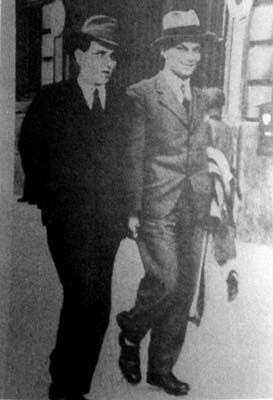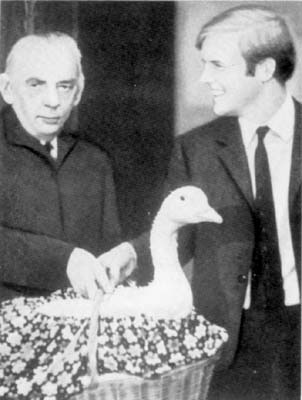<Back to Index>
- Mathematician Hans Hahn, 1879
- Mathematician Stanisław Mazur, 1905
PAGE SPONSOR
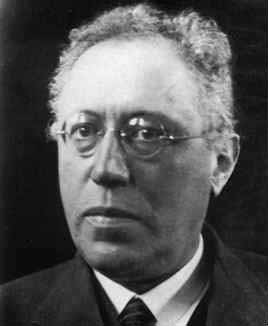
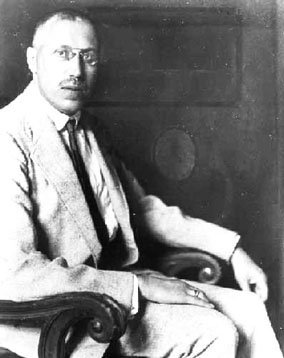
Hans Hahn (September 27, 1879 – July 24, 1934) was an Austrian mathematician who made contributions to functional analysis, topology, set theory, the calculus of variations, real analysis and order theory.
Born at Vienna as the son of a higher government official of the k.k. Telegraphen - Korrespondenz - Bureau (since 1946 named with the linguistically strange mixture "Austria Presse Agentur"), in 1898 he became a student at the Universität Wien starting with a study of law. In 1899 he switched over to mathematics and spent some time at the universities of Strasbourg, Munich and Göttingen. In 1902 he took his Ph.D. in Vienna.
He was appointed to the teaching staff (Habilitation) in Vienna in 1905. After 1905 - 1906 as a stand-in for Otto Stolz at Innsbruck and some further years as a Privatdozent in Vienna, he was nominated in 1909 Professor extraordinarius in Czernowitz, at that time a town within the empire of Austria. After joining the Austrian army in 1915, he was badly wounded in 1916 and became again Professor extraordinarius, now in Bonn. In 1917 he was nominated a regular Professor there and in 1921 he returned to Vienna with this title, where he stayed until his rather early death in 1934 at the age of 54, following a surgery. He had married Eleonore ("Lilly") Minor in 1909 and they had a daughter, Nora (born 1910).
He was also interested in philosophy, and was part of a discussion group concerning Mach's positivism with Otto Neurath and Phillip Frank prior to the First World War. In 1922, he helped arrange Moritz Schlick's entry into the group, which led to the founding of the Vienna Circle, the group that was at the center of logical positivist thought in the 1920s. His most famous student was Kurt Gödel, whose Ph.D. thesis was completed in 1929.
Hahn's contributions to mathematics include the Hahn – Banach theorem and (independently of Banach and Steinhaus) the uniform boundedness principle. Other theorems include:
- the Hahn decomposition theorem;
- the Hahn embedding theorem;
- the Hahn – Kolmogorov theorem;
- the Hahn – Mazurkiewicz theorem;
- the Vitali – Hahn – Saks theorem.
Hahn was also a co-author of the book Set Functions. It was published in 1948, fourteen years after his death in Vienna in 1934.
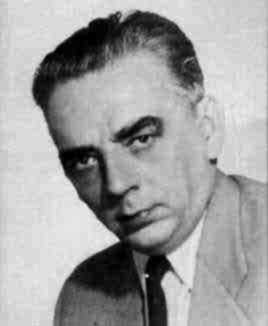
Stanisław Mazur (born 1 January 1905, Lviv - 5 November 1981, Warsaw) was a Polish mathematician and a member of the Polish Academy of Sciences.
Mazur made important contributions to geometrical methods in linear
and nonlinear functional analysis and to the study of Banach algebras.
Mazur was also interested in summability theory, infinite games and computable functions.
Mazur was a student of Stefan Banach at University of Lwów. His doctorate, under Banach's supervision, was awarded in 1935.
Mazur was a close collaborator with Banach at Lwów and was a member of the Lwów School of Mathematics, where he participated in the mathematical activities at the Scottish Café. On 6 November 1936, Mazur posed the "basis problem" of determining whether every Banach space has a Schauder basis, with Mazur promising a "live goose" as a reward: Thirty - seven years later, a live goose was awarded by Mazur to Per Enflo in a ceremony that was broadcast throughout Poland.
From 1948 Mazur worked at the University of Warsaw.
